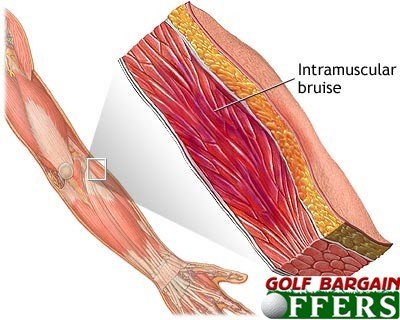article details
Muscle Injury Symptoms
08/25/2009Purchase more golf equipment and discount golf clubs on golfbargainoffers.com
Recommended Products
-
- TaylorMade Icon Cap
 view comment
view comment- $24.99
-
- Golf Gift KM-GS113
 view comment
view comment- $32.99
Item Reviews
(Total0Items Reviews for this item)
- No comment
Top 10 Sellers
-
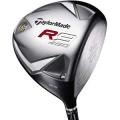
- TaylorMade R9 460 Driver
 view comment
view comment- Price:$174.99
- TaylorMade R9 460 Driver will only cost you $179.99, to get a great TaylorMade R9 460 Driver at a low price will be a nice shopping experience at golf...
- details add to cart buy now
-
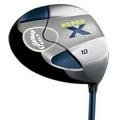
- Callaway Hyper X Driver
 view comment
view comment- Price:$104.99
- Callaway Hyper X Driver will only cost you $137.99, to get a great Callaway Hyper X Driver at a low price will be a nice shopping experience at golfba...
- details add to cart buy now
-

- Titleist AP2 Irons
 view comment
view comment- Price:$316.99
- Titleist AP2 Irons will only cost you $349.99, to get a great Titleist AP2 Irons at a low price will be a nice shopping experience at golfbargainoffer...
- details add to cart buy now
-
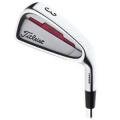
- Titleist 775 CB Irons
 view comment
view comment- Price:$359.99
- Titleist 775 CB Irons will only cost you $329.99, to get a great Titleist 775 CB Irons at a low price will be a nice shopping experience at golfbargai...
- details add to cart buy now
-
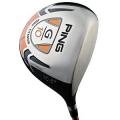
- Ping G10 Driver
 view comment
view comment- Price:$144.99
- Ping G10 Driver will only cost you $175.99, to get a great Ping G10 Driver at a low price will be a nice shopping experience at golfbargainoffers.com
- details add to cart buy now
-
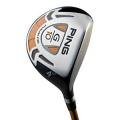
- Ping G10 Fairway Wood
 view comment
view comment- Price:$134.99
- Ping G10 Fairway Wood will only cost you $148.99, to get a great Ping G10 Fairway Wood at a low price will be a nice shopping experience at golfbargai...
- details add to cart buy now
Related Goods
-

- TaylorMade R9 Driver
 view comment
view comment- Price:$157.99
- details add to cart buy now
-

- TaylorMade R9 Fairway Wood
 view comment
view comment- Price:$137.99
- details add to cart buy now
-

- TaylorMade R9 460 Driver
 view comment
view comment- Price:$174.99
- details add to cart buy now
Recommended articles
Recently Viewed


